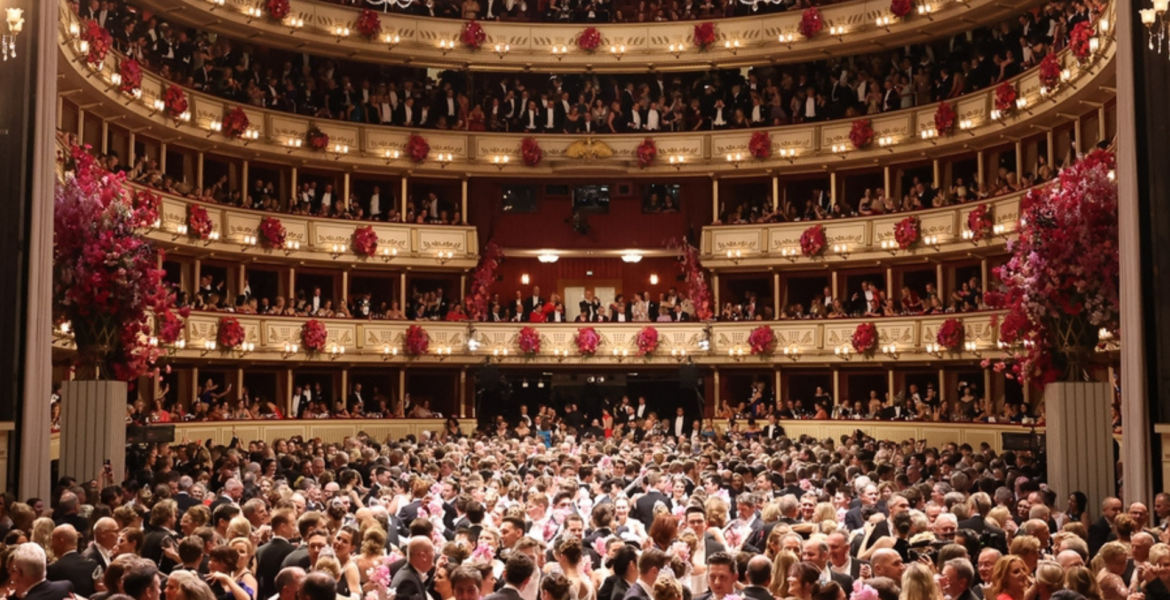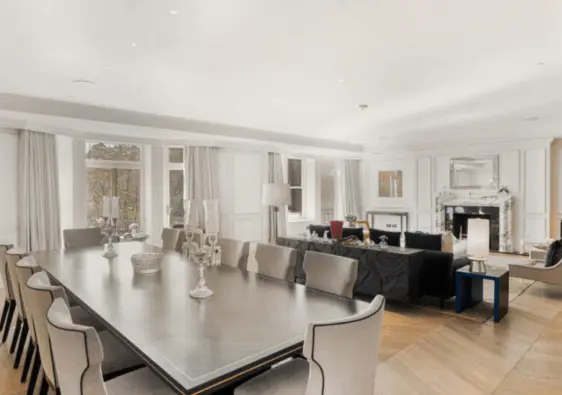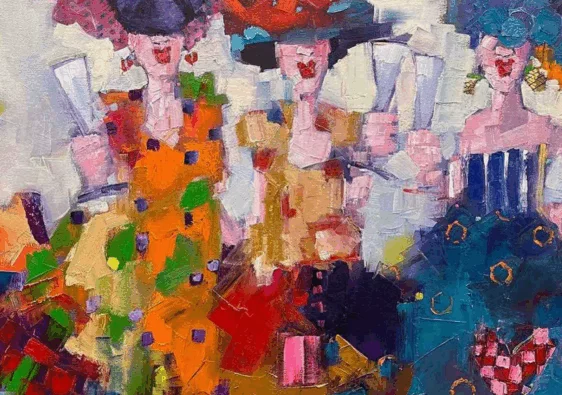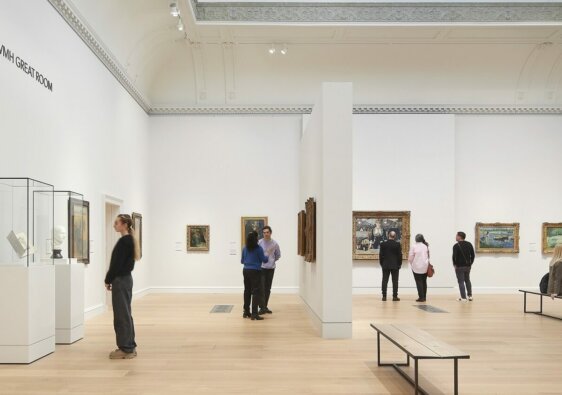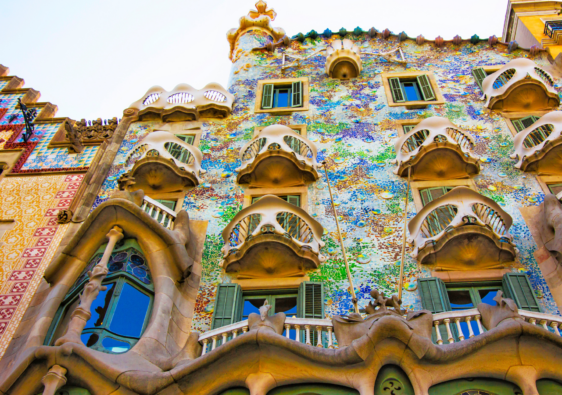All products are independently selected by our editors. If you buy something, we may earn an affiliate commission.
At Luxury Wanderings, we believe certain events define timeless elegance, and the Vienna Opera Ball is one of them. Held annually at the stunning Vienna State Opera on the Thursday before Ash Wednesday, this legendary night is a highlight of Austria’s social calendar, drawing dignitaries, artists, and global tastemakers.
Its history dates back to the early 19th century, inspired by the grandeur of the Congress of Vienna (1814–1815). Originally hosted in the Redoutensäle of the Hofburg Palace, the tradition faced interruptions, especially during the political unrest of 1848. By 1862, Vienna’s love for grand balls was reignited, taking inspiration from Parisian opera balls.
With the opening of the Vienna State Opera in 1869, the event found its true home, though not without a few hurdles. Emperor Franz Joseph I initially banned dancing in the opera house, deeming it too formal for such revelry. That changed in 1877, paving the way for the spectacle we know today: an evening of breathtaking gowns, classical waltzes, and the finest of Austrian tradition.
For those who appreciate heritage, luxury, and the art of celebration, the Vienna Opera Ball is an experience like no other.
The Evolution of the Vienna Opera Ball
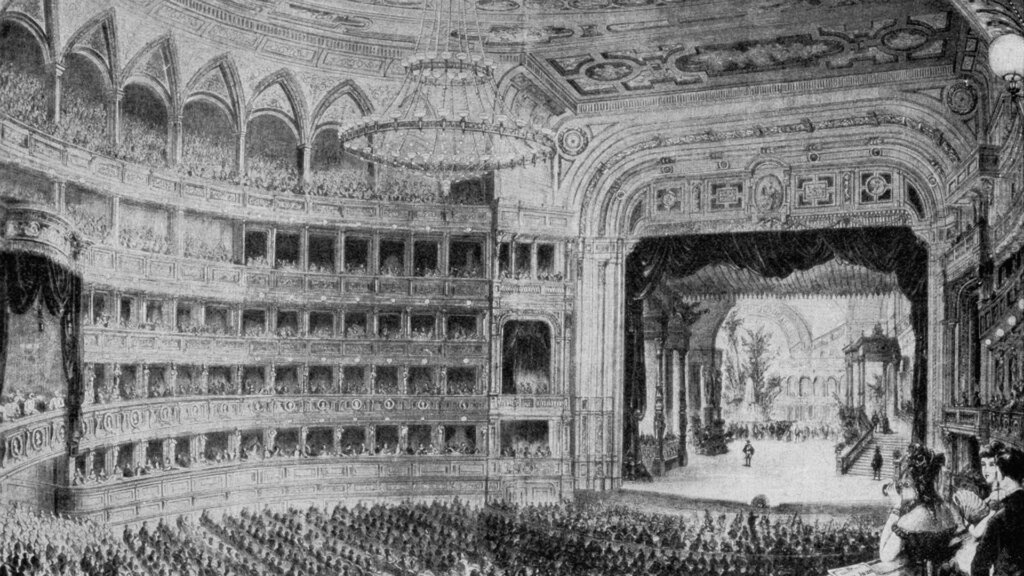
Few traditions capture the grandeur of Austria quite like the Vienna Opera Ball. While it has always been a night of elegance and celebration, its journey through history tells a story of resilience, transformation, and cultural pride.
- 1921: After the fall of the monarchy, the ball took on new meaning as a symbol of national identity. The first opera revue of the Republic was held, ensuring the tradition continued.
- 1935: The event officially became the Vienna Opera Ball, solidifying its place as Austria’s most prestigious social gathering.
- Post-World War II: With the reopening of the Vienna State Opera in 1955, the ball returned in 1956, reestablishing itself as a highlight of the cultural calendar. Each year since, the opera house has been transformed into a breathtaking ballroom for one unforgettable night.
The Vienna Opera Ball has only been canceled three times — in 1991 due to the Gulf War and in 2021 and 2022 during the pandemic. Its return in 2023 wasn’t just a revival; it was a powerful reminder of its enduring legacy and the timeless appeal of this extraordinary evening.
What Makes the Vienna Opera Ball Unique?
A night of elegance, tradition, and unmatched grandeur, the Opera Ball in Vienna is one of the world’s most prestigious social events. Here’s what makes it truly special.
The Opening Ceremony
The evening begins with a perfectly choreographed performance by 150 debutants and their partners, dressed in white ball gowns and black tails. Accompanied by opera and ballet performances, this tradition sets the stage for an unforgettable night.
International Prestige
With its lavish floral displays and grand setting, the ball draws a distinguished guest list, including Jane Fonda, Melanie Griffith, Pamela Anderson, and Lily James. Broadcast live to millions, it’s a showcase of Viennese culture on a global scale.
Blending Culture and Glamour
At its heart, the Vienna Opera Ball is a celebration of classical music and tradition, yet it continues to evolve, welcoming cultural icons and celebrities. This rare blend of history and modern glamour keeps it one of the most anticipated events of the year.
Famous Guests and Moments
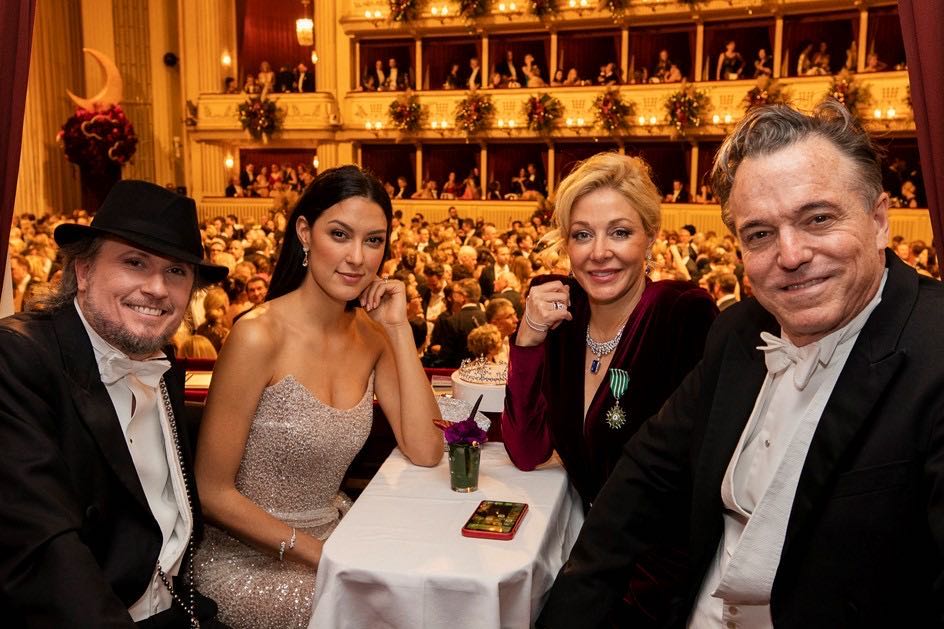
The Vienna Opera Ball has always attracted royalty, Hollywood stars, and cultural icons. Over the years, guests have included Sophia Loren, Gina Lollobrigida, Jane Fonda, Melanie Griffith, and Lily James. Most recently, notable guests like Priscilla Presley stunned at the Vienna Opera Ball in 2024.
The ball has also seen its share of unforgettable moments. In 2017, Goldie Hawn attended as the guest of Austrian billionaire Richard Lugner, known for bringing high-profile companions. Austrian presidents and international dignitaries are also regular attendees, reinforcing the event’s prestige.
With its mix of tradition, glamour, and unexpected highlights, the Vienna Opera Ball remains one of the most talked-about nights of the year.
Can Anyone Attend the Vienna Opera Ball?
The Vienna Opera Ball is open to the public, but securing a ticket is no small feat. Demand is high, and Vienna Opera Ball tickets often sell out months in advance.
Guests must also adhere to the event’s strict dress code — floor-length gowns for women and black tailcoats with white bow ties for men. While the ball welcomes attendees from around the world, its exclusivity and formality make it a truly special experience.
The Vienna Opera Ball Dress Code
The Vienna Opera Ball upholds tradition with a strict dress code that reflects its grandeur. Women wear floor-length gowns, from sleek and minimal to intricately embellished.
Vienna Opera Ball debutantes appear in white dresses with Swarovski tiaras, creating a fairy-tale elegance. Some guests choose shimmering sequins, while others favour dramatic layered tulle gowns, often called “cupcake gowns” for their voluminous shape.
Men adhere to classic formalwear: black tailcoats, white bow ties, wing-collar shirts, and polished patent leather shoes. The dress code isn’t just tradition; it defines the elegance of the night.
Celebrating the Traditions of a Bygone Era
The Vienna Opera Ball is a tribute to art, tradition, and elegance. From its origins during the Congress of Vienna, it has remained a highlight of Austria’s cultural heritage. Whether attending in person or watching from afar, it remains a defining symbol of Austria’s cultural heritage. For those who step inside the Vienna State Opera on this extraordinary night, it’s an experience like no other.


